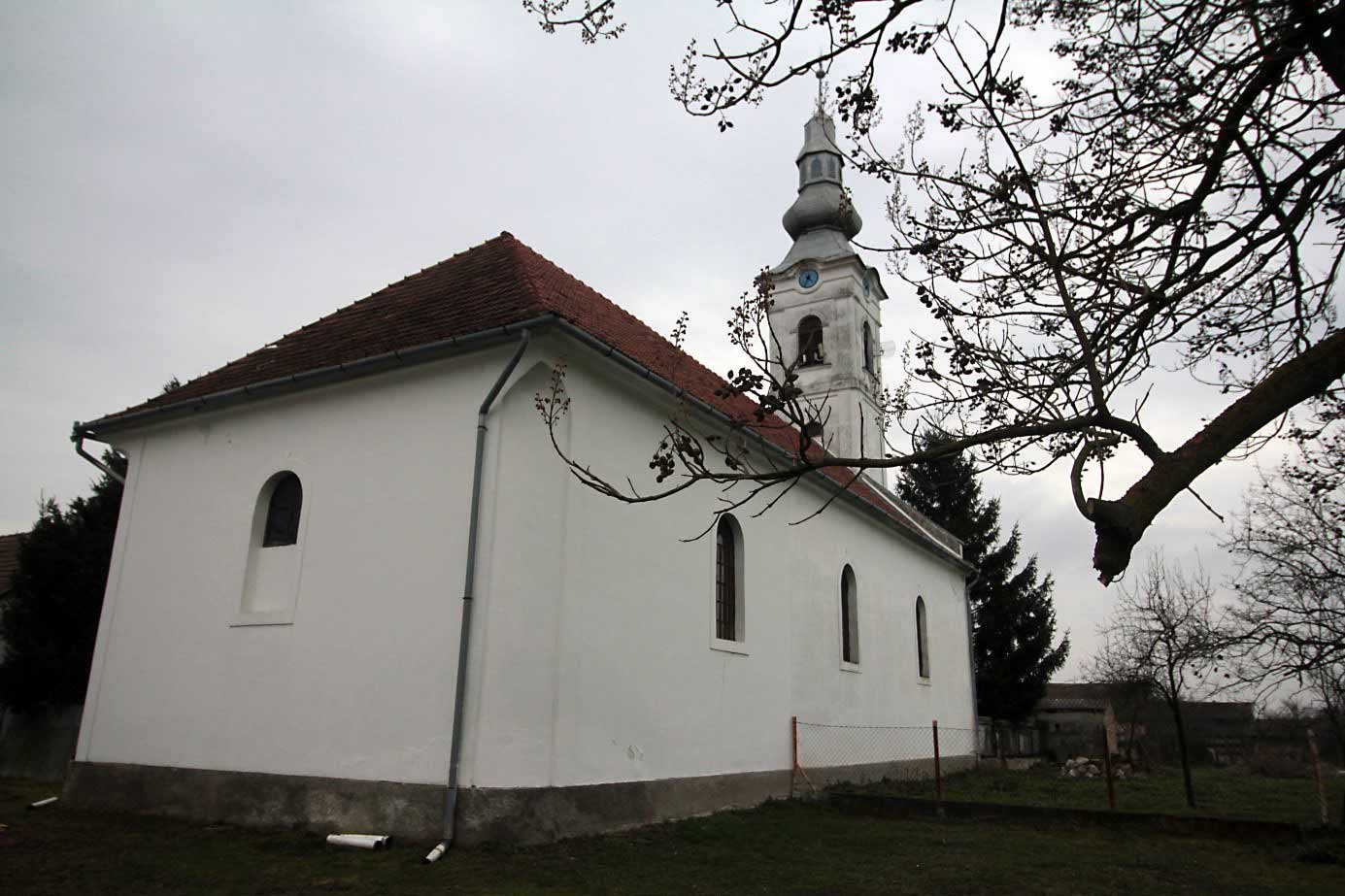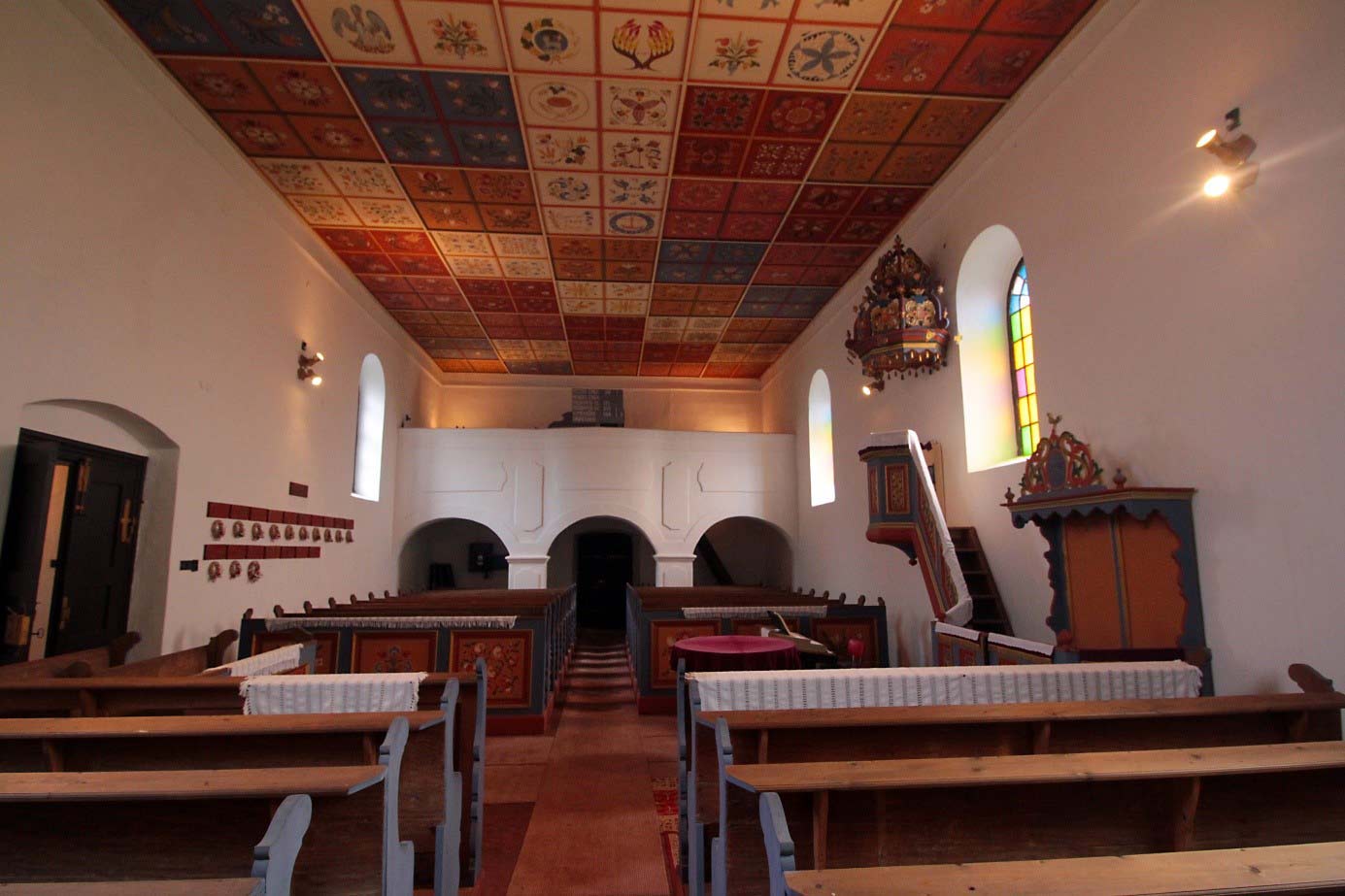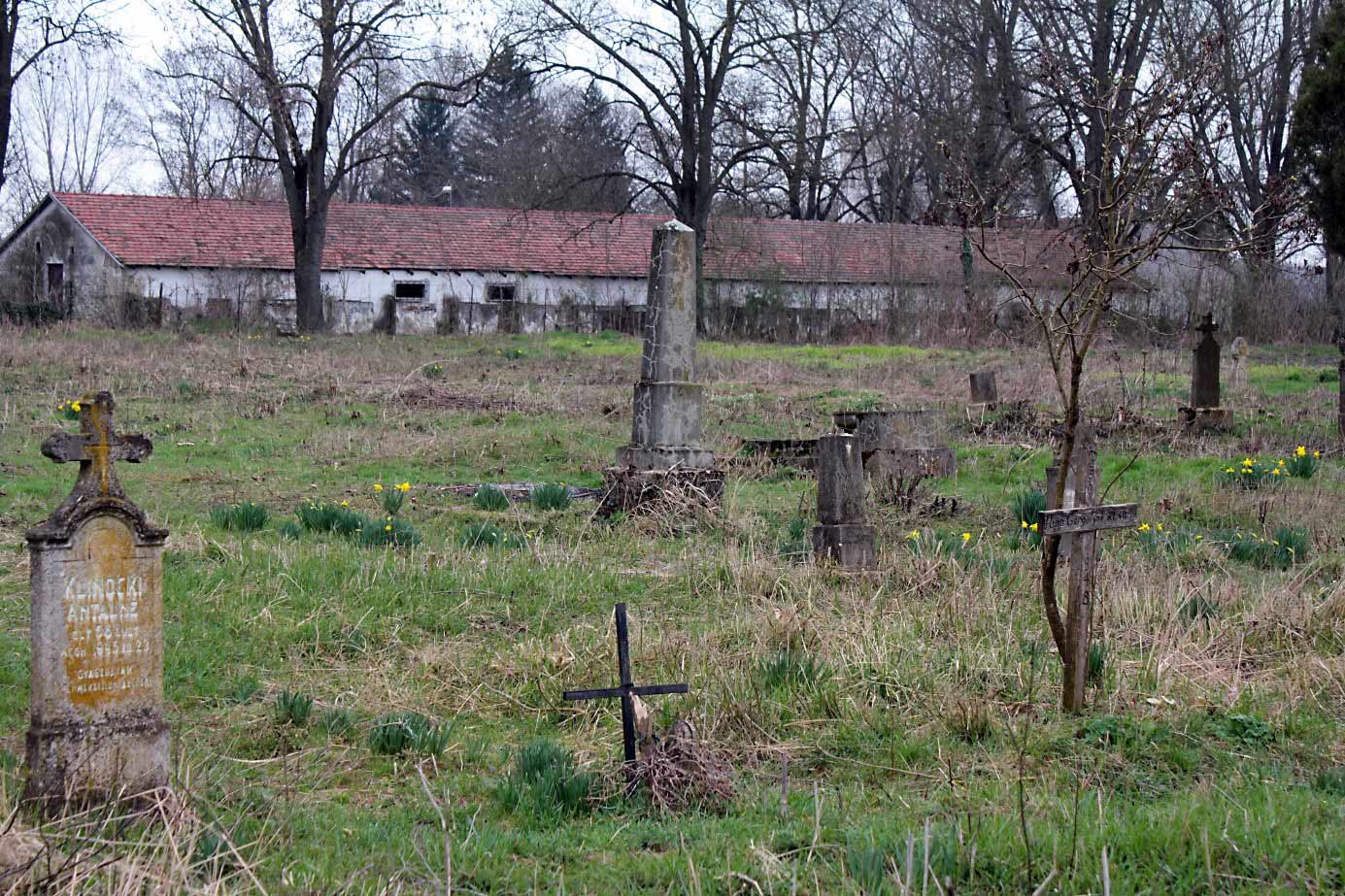Old lies directly to the vicinity of the Croatian-Hungarian border. The Drava River bends to the south, and from there down to Mohács it is not a border river anymore. Eperjespuszta and Tótokföldje are located between the village and the border and they administratively belong to Old. The Drava villages were established along the marshy region on the outstanding ridges (As they are called “ormok” – the name of the region is originated from that, similar to the nearby Ormánság.) The present Old village was built also on such a ridge and it is a one-street -village. At present it is a dead-end settlement, at the line of the Dános-Channel the asphalted road comes to an end, but before the tarmac road world Old was connected with a dense network of various dirt roads with the neighbouring settlements. Among them the most important were those to Kásád, Torjánc (it is now in Croatia) and Egyházasharaszti. The village does not have a centre, the houses lined up along its linear axis. The end of the main road is broaden, long time ago the house-lined triangle square was the meadow where the animals were guarded during the night.
The church is barely noticeable. It was erected before the Patent of Tolerance hidden behind the street row of houses, although its high tower visible from afar, passers-by in the street would not even notice it. Its tall slender church spire indicates Old afar in the completely flat terrain, but arriving to the settlement the village picture is determined by the wide street’s slightly curved line of houses. The main street has an 18-20 meter wide public area without front gardens, the houses and solid fences provide a uniform façade not obscured by the small leafy trees planted in narrow greenbelts. At the end of the village the main street leads to a widening creating a triangular shaped place and a closure of a large grassy square in the magical landscape of parkland along the Drava River.
The first mentioning of the village is dated from 1284. The village remained inhabited during the Turkish occupation, in a census carried out in that time the Turks collected taxes for 34 houses. Nicholas Zrinski’s troops reaped victory over the Turks near the village in 1566. Old belonged to the Zrinski family in the 17th century. The villagers were Calvinist Hungarians. At the beginning of the 20th century Old belonged to Baranya County, Siklós Township.
According to the 1910 census Old had 503 inhabitants, 433 Hungarian and 59 Romany. Old was a prosperous settlement before World War I Peace Treaty of Trianon, the village owned arable lands over the Drava River as well. The winter work of people was mainly logging, they always cut the wood in these great big floodplain forests. On a 1763 map these watery parts are still visible, and the forests too, although the dam was ready, the huge amount of water was retreating, began to dry up. There was plenty of water, the people dealt with fishing activities mainly. The lands were cultivated for the landlord, until they were in existence. The village belonged to the Darda estates until the Trianon Treaty. After the border arrangements the settlement lost one of the most beautiful part of floodplain forest next to the Boros backwater. In fact, approximatelly 60 hectares of the village’s land got to Torjánc’s possession after the people from Old were not able to cultivate their land, as they should have walked over the official border to the other side of the Drava’s main branch. Between the two World Wars there was common trespassing between the two countries, the local farmers were finally allowed to cultivate their property further which already belonged to Yugoslavia.
The fate of the border settlements was sealed in communist era as their accessibility was very difficult – and still is – , developments were ceased and it has led to a slow abandonment.
Old belonged to the border-land till the change of regime; a special permission needed to enter the village until the seventies. There was a footprint track on the borderline. Despite the fact that the “enemy”, almost hermetically sealed the border, relationships were not completely torn, as the Yugoslav radio’s broadcasts could be heard near the border. The closing of borders was eased in the seventies and the trade boosted through the local border. Food, clothing, etc. was purchased and smuggled from Yugoslavia and the previous relationships perked up. Shopping tourism and trafficking was also very important in the region from the eighties to the Yugoslav war. Harkány nearby became the centre of currency changing and black market. The deepening cross-border relations in the late Kádár era would have provided the foundation of an economic partnership and cooperation, but the Yugoslav war has stalled these processes for almost a decade, and the cross-border relations has still not returned to the former good course. The Baranya triangle (an area bordered by the Hungarian border and the rivers Drava and Danube) became a war zone between 1991 and 1998. The situation at the break-out of the conflict was the most serious. Hundreds of refugees appeared in Old, Kásád and Beremend in 1991. Anyone, who could afford, hired a flat in the village or their relatives provided shelter for them and for the rest only the refugee camps were the only solutions. Today a family lives in a ranch, fled from Bácska to Hungary during the war. About 80 injured Croatian soldiers wondered through the border to Old and their wounds were tied there and then they returned to the Croatian territory.
Old was a typical farming community up to the 1970s and later they created their own small-scale farming enterprise. In the sixties, the consolidated co-operative centre was first in Siklósnagyfalu, and when the administrative seat was nominated again in Egyházasharaszti the centre of the five villages’ cooperative was also placed there.
The village had i503 inhabitants in 1910, 433 Hungarian and 59 Romany origins. Today, the latter one’s ratio changed to 2/3. The settlement’s population was 355 people in 2014. The total area of the settlement is 1407 acre. The size of the central inner part is only 44 acre, but it also includes parts of two villages, Eperjespuszta 16.7 acre and Tótokföldje with 15.1 acre area. The housing density is only 4.8 persons / acre, far below the county’s average (8.07).
Attractions
The Calvinist church
The church which stands today is already the third in line. The first one was built despite the ban by the people of Újtó village in 1743. They were forced to move to Old after their village was burned down. The tower was only built in 1786. The walls of the church were cracked because of the poor soil and bottom and the growing population has also demanded a larger church so the small building was pulled down in 1835. That year construction began on a new church, which was the same size as the standing one today. The tower was heightened too. Unfortunately the walls of this church were also cracked by 1896 so it was completely rebuilt in the form of today’s late-Baroque style.
Referring to its bad condition they wanted to demolish the church of Old in 1984, but the people protested and rescued it. The renovation work lasted from 1985 to 1990. This meant a complete interior and exterior renovation. The work’s financial resources were provided by Tóth Árpádné minister’s foreign services and foreign donations also contributed to them. The inhabitants of the village and the congregation participated with more than 3,000 hours manual work, rendering accommodation and food was contributed to the renovation.
The painted coffered ceiling was designed by the Swiss painter Pierrette Erne-Kopp and a 40- manned French painter team carried it out. The financial part of this work was provided by the artist and her husband Karl Erne. The ceiling of the cintérium was made by the painter artists, Piroska Kozári and Emil Vata, the set designer artist of the National Theatre of Pécs.
Arcade houses
Ancient cemetery
The oldest from the settlement’s four cemeteries was opened around 1700.
350-year-old oak tree with a rest area
Rest area with benches tables and a built fire-place








